Our Thoughts on the Coronavirus Pandemic
Akita University of Art started the 2020 school year with the genuine question of how to proceed with education and research during the ongoing Coronavirus (COVID-19) pandemic: how to look at the pandemic beyond the purely negative light of the current moment, and view it from a more neutral perspective, as a phenomenon which has been repeating throughout history.
How have humans behaved in the face of biological and environmental change? And what are the implications of Akita University of Art’s efforts? This may sound a bit dramatic, but what kind of ingenuity can be achieved by looking at the social situation we are facing now as a point on the time axis of history, and using our imagination to look at that point from a bird’s eye view…? As I look back on this crisis of humanity, I think that our faculty members took a more positive view of the situation than I had expected. I believe that art and design have the power to discover, overcome, and materialize the possibilities that lie ahead through the intuitive creativity of human beings in the face of such pandemics and natural disasters.
I also feel that this pandemic has revealed the vulnerability of large cities developed by the concentration of population, and has reaffirmed regional cities like Akita as important fields to consider in terms of “people’s lives”.
Initiatives for Living With/After Coronavirus
Many of the faculty members at Akita University of Art are internationally and nationally active, and had already been using cutting-edge online technology and teleworking before the recent pandemic. The fact that this small university had faculty members and assistants who were familiar with the latest information and video equipment made the transition to distance learning a smooth one. We have also been working on new ideas, such as building a studio for advanced online classes.
Furthermore, in Akita Prefecture, the number of people infected with the coronavirus has been kept low. Hence, since June, face-to-face classes that have taken precautionary measures to avoid the “Three Cs” have been possible for some production and practical training courses. I believe that our selective implementation of both remote and face-to-face classes could be a pioneering, practical example for education during and after the pandemic.
Thus, in the context of regional cities that can preserve the sense of distance inherent in humans as living organisms, this harsh social situation has resulted in the intensification of new educational initiatives. It has also demonstrated the relative advantage of the characteristics of small universities located in regional cities. However, it is also clear that there is still room to consider how to tackle issues that arise in regional cities- such as insufficient social welfare infrastructure, or the social impact on the surrounding area when a cluster occurs at a university – from the perspective of art and design.

Precautionary measures to avoid the “Three Cs,” to ensure exhibitions and presentations can take place
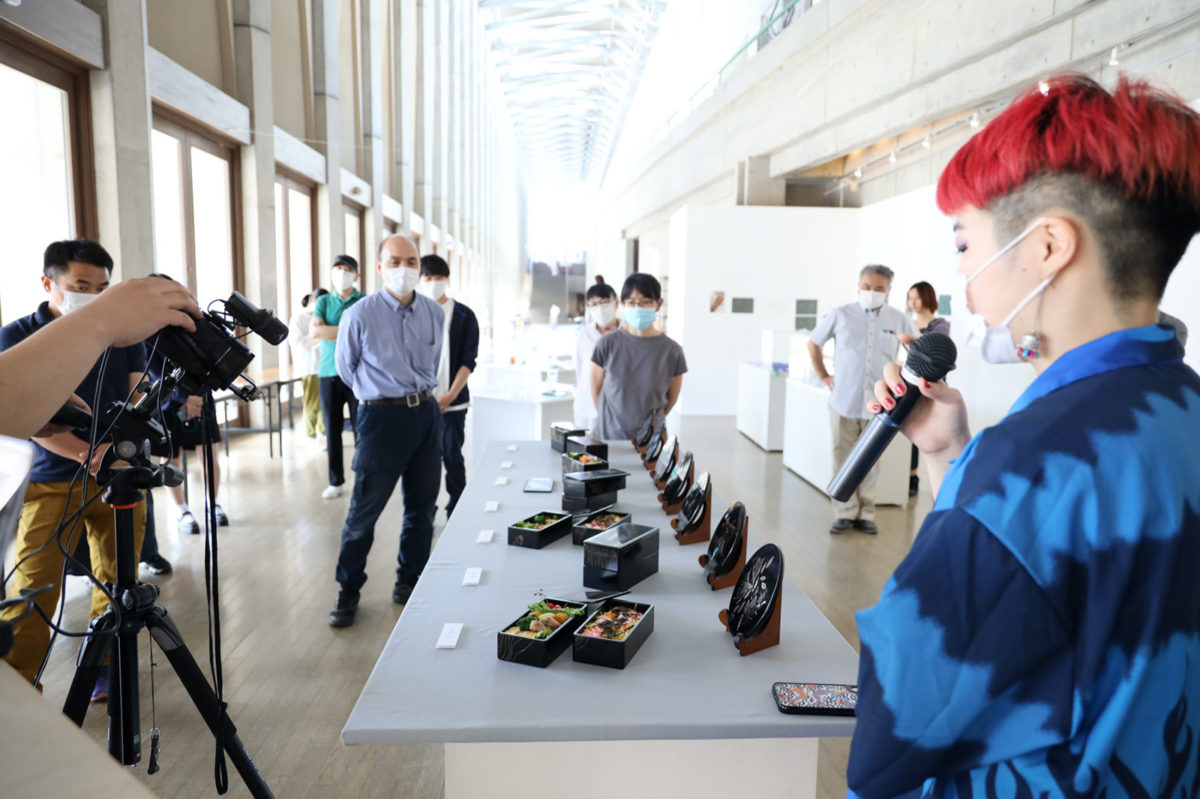
A combination of online and in-person exhibitions and critiques
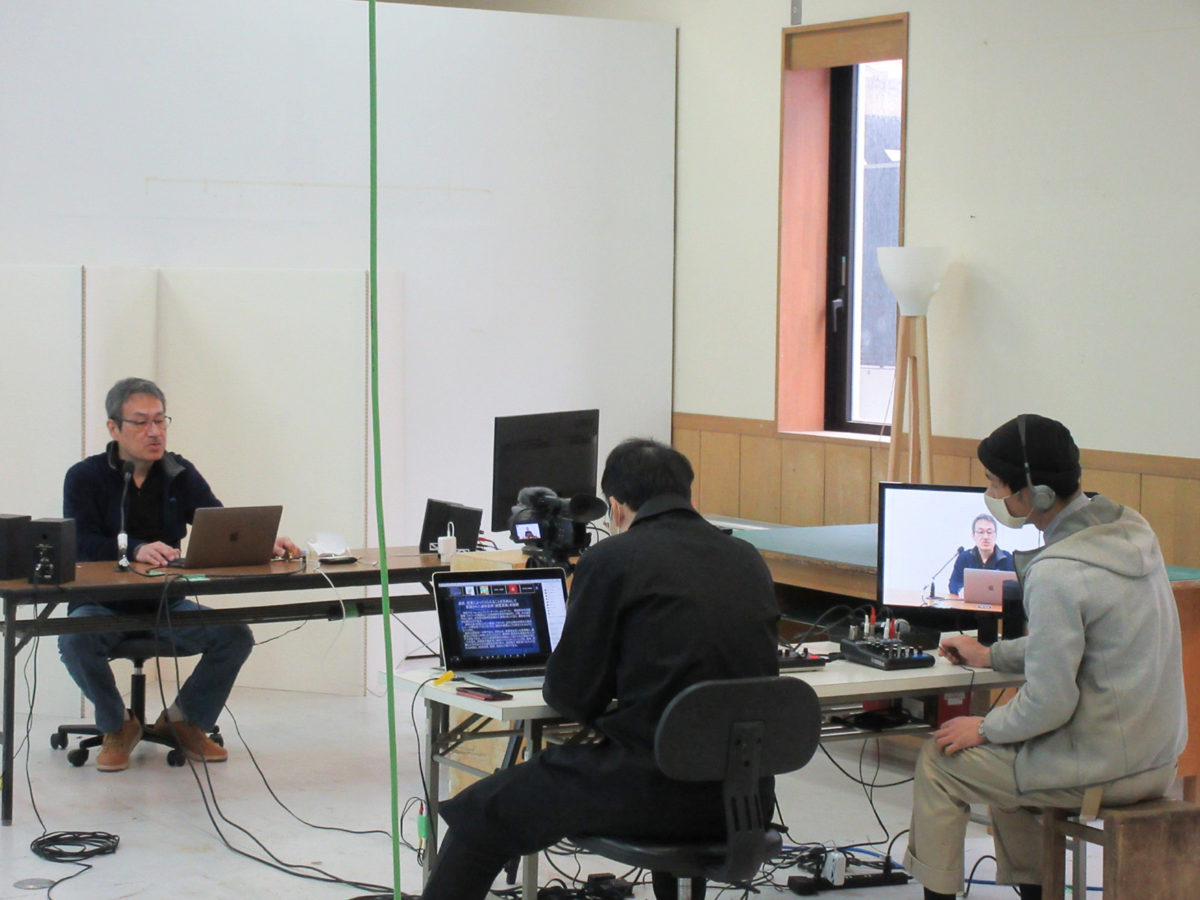
An online studio was set up for a smooth transition to online classes as the semester began
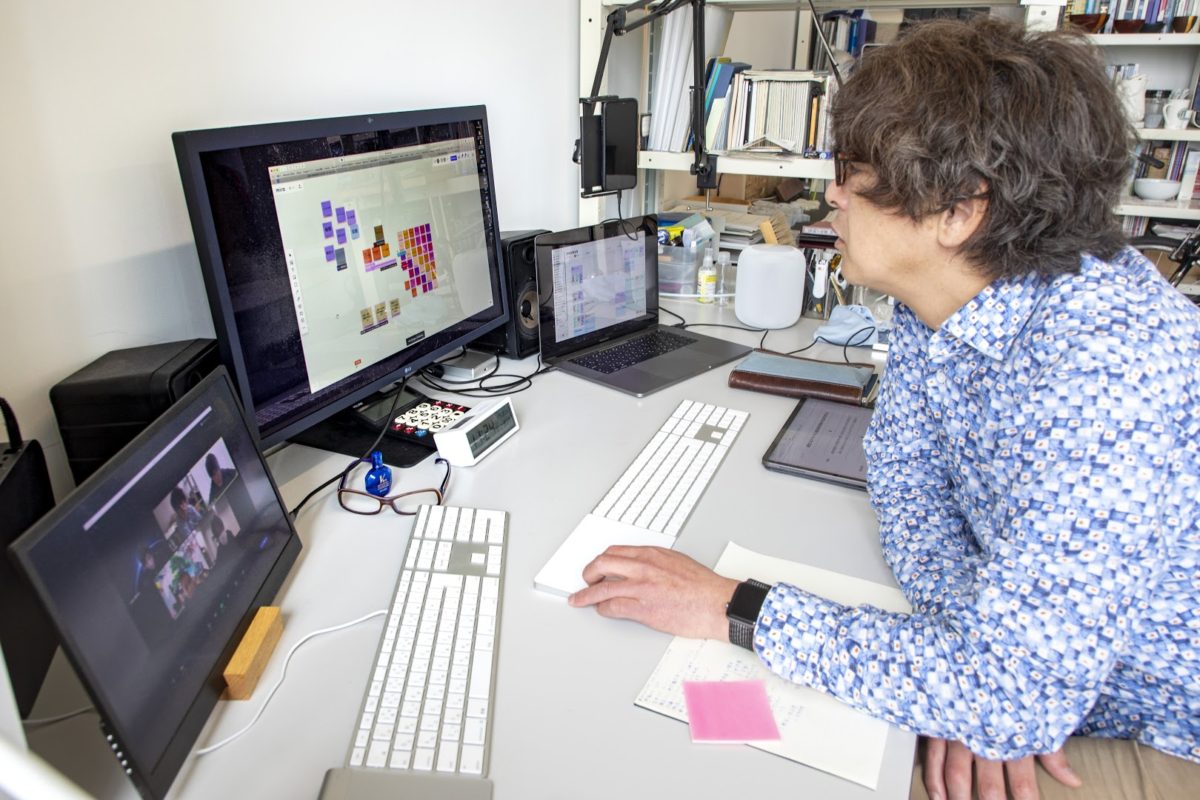
Online brainstorming using Zoom breakout rooms and Miro online whiteboard application, followed by presentation of proposals based on KJ Method analysis

Combined online and face-to-face guidance after the national state of emergency was lifted
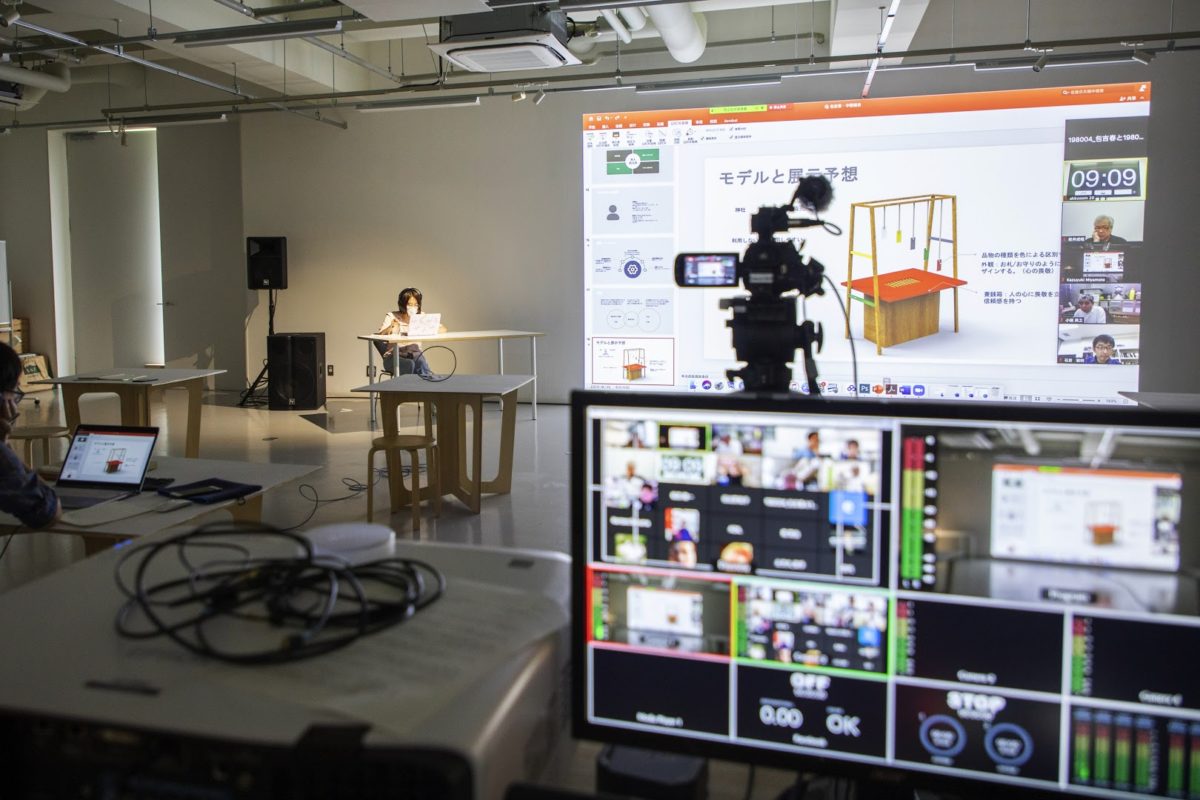
We have developed an advanced system for online delivery of presentations and critiques, enabling stress-free interactive information exchange through stable delivery of highly accurate images and sound

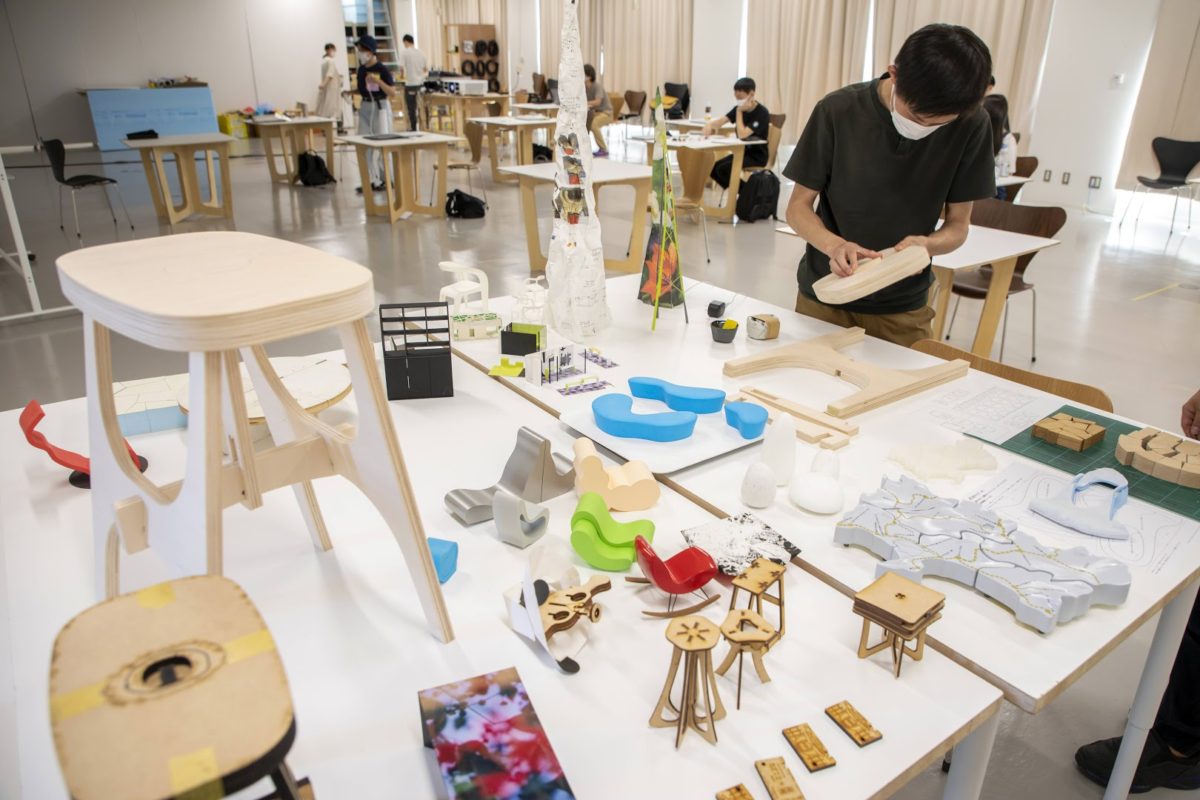
The presentation of plans in face-to-face meetings that avoid the “Three Cs”
2021.7.5

 Return to List
Return to List